Benjamin Netanyahu's attempt to scare Democrats on the Iran deal apparently backfired

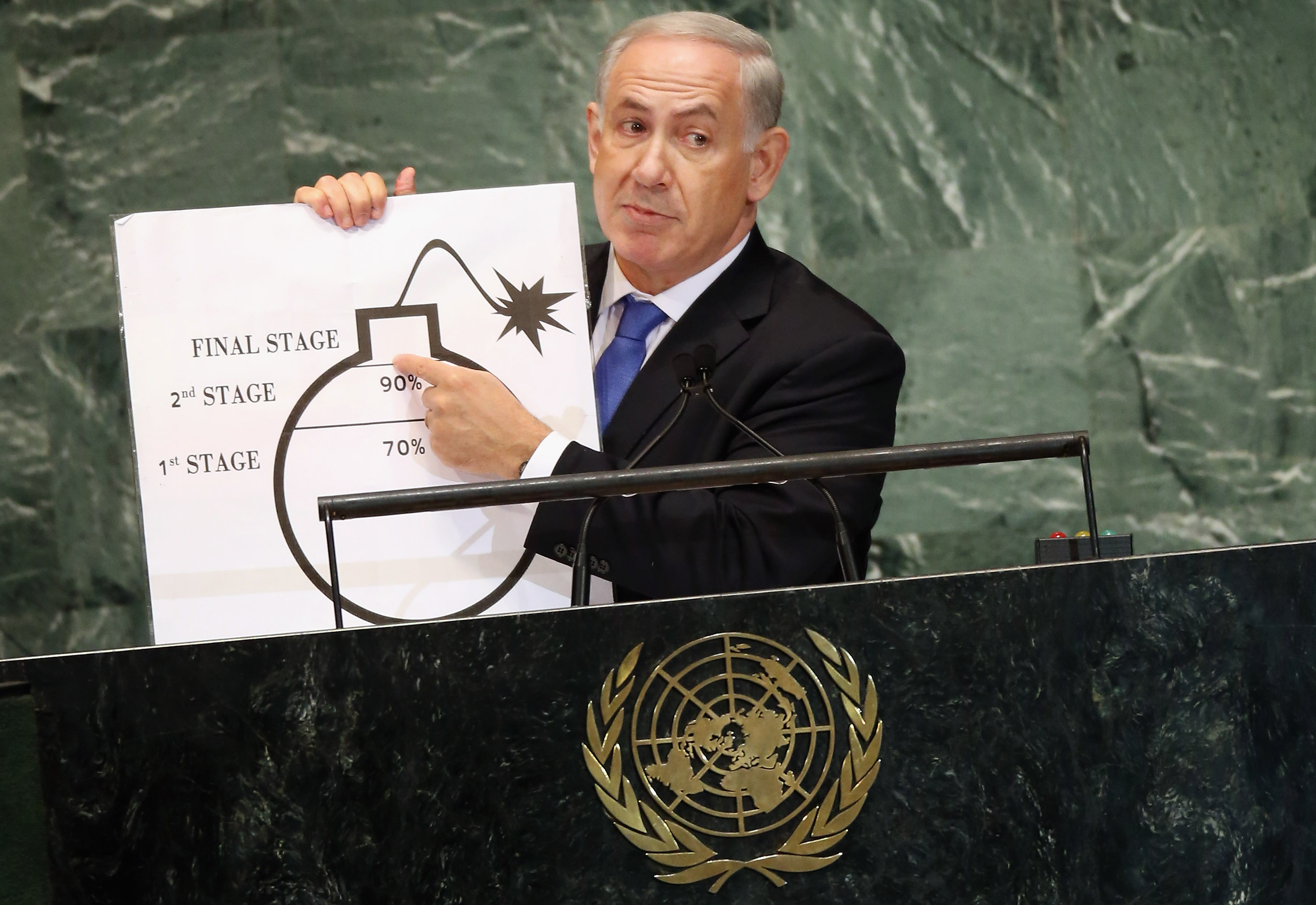
On Aug. 9, Israeli Prime Minister Benjamin Netanyahu cleared his calendar and sat down with 22 U.S. Democratic lawmakers who had been flown to Israel by a branch of the American Israel Public Affairs Committee (AIPAC). The topic was the Iran nuclear deal. Netanyahu didn't ask any of the lawmakers to oppose the deal, some of those lawmakers tell The Wall Street Journal, but he answered their questions, explained his opposition to the accord and why he thought it dangerous to Israel, called their upcoming vote a "moral" choice, and at one point drew a picture of a "nuclear gun" with "nuclear bullets." It didn't work: Of the lawmakers at the meeting who have announced how they will vote, seven will support the deal and two will oppose it. There are now enough Democrats to ensure the accord goes into effect.
Characterizing their potential support for the Iran deal as immoral turned off some of the lawmakers, they told The Journal, and others said they didn't appreciate it when Netanyahu said that if the deal were enacted, Iran would soon have ICBMs aimed at the U.S. "Where he lost me was where I thought he was trying to provoke fear," explained Rep. Mark DeSaulnier (D-Calif.).
The final straw for other lawmakers at the meeting was Netanyahu's lack of a viable Plan B. The prime minister said that a better deal would be if Iran dismantled all its nuclear facilities in return for a gradual easing of sanctions, but when one of the members of Congress asked about his plans if the deal goes through, Netanyahu reportedly replied, "We will figure out what we do if we lose the vote."
The Week
Escape your echo chamber. Get the facts behind the news, plus analysis from multiple perspectives.

Sign up for The Week's Free Newsletters
From our morning news briefing to a weekly Good News Newsletter, get the best of The Week delivered directly to your inbox.
From our morning news briefing to a weekly Good News Newsletter, get the best of The Week delivered directly to your inbox.
Still other Democrats say Netanyahu overplayed his hand from the beginning, by accepting a GOP invitation to address Congress without informing the White House. "The unfortunate problem with Prime Minister Netanyahu is that he prides himself on being the Israeli who knows America the best," former Rep. Robert Wexler (D-Fla.) tells The Washington Post. "Where he's mistaken is, Prime Minister Netanyahu knows the America that elected Ronald Reagan president. He's completely unfamiliar with the America that elected Barack Obama president. And they are in fact very different Americas."
A free daily email with the biggest news stories of the day – and the best features from TheWeek.com
Peter has worked as a news and culture writer and editor at The Week since the site's launch in 2008. He covers politics, world affairs, religion and cultural currents. His journalism career began as a copy editor at a financial newswire and has included editorial positions at The New York Times Magazine, Facts on File, and Oregon State University.
-
 A foodie guide to Edinburgh
A foodie guide to EdinburghThe Week Recommends Go all-out with a Michelin-starred meal or grab a casual bite in the Scottish capital
-
 Political cartoons for December 24
Political cartoons for December 24Cartoons Wednesday's political cartoons include Christmas in Greenland, grinchflation, and California floods
-
 Is there a Christmas truce in the Starmer farmer ding-dong?
Is there a Christmas truce in the Starmer farmer ding-dong?Today’s Big Question There’s an ‘early present’ for farmers but tensions between Labour and rural communities remain
-
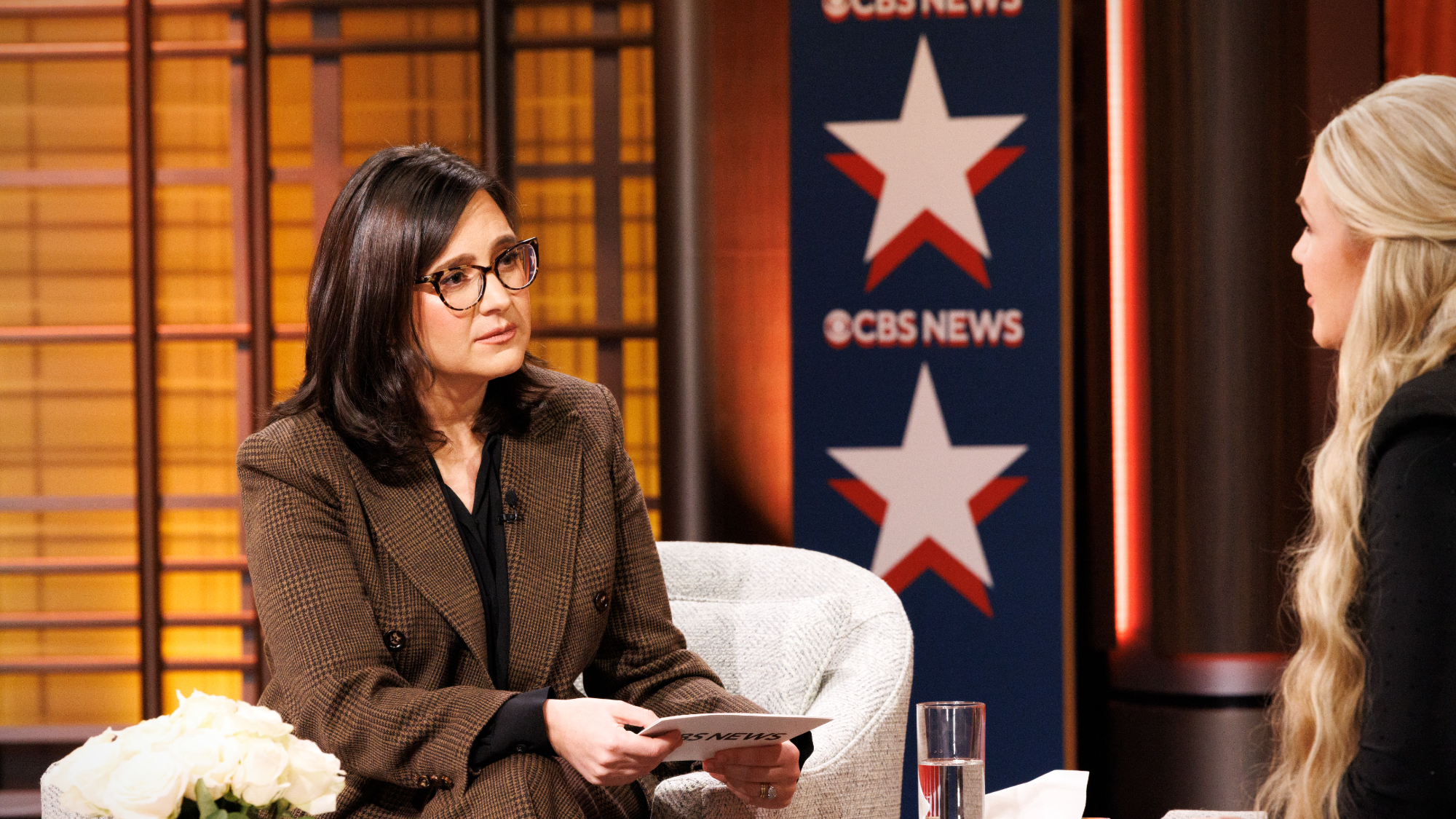 CBS pulls ‘60 Minutes’ report on Trump deportees
CBS pulls ‘60 Minutes’ report on Trump deporteesSpeed Read An investigation into the deportations of Venezuelan migrants to El Salvador’s notorious prison was scrapped
-
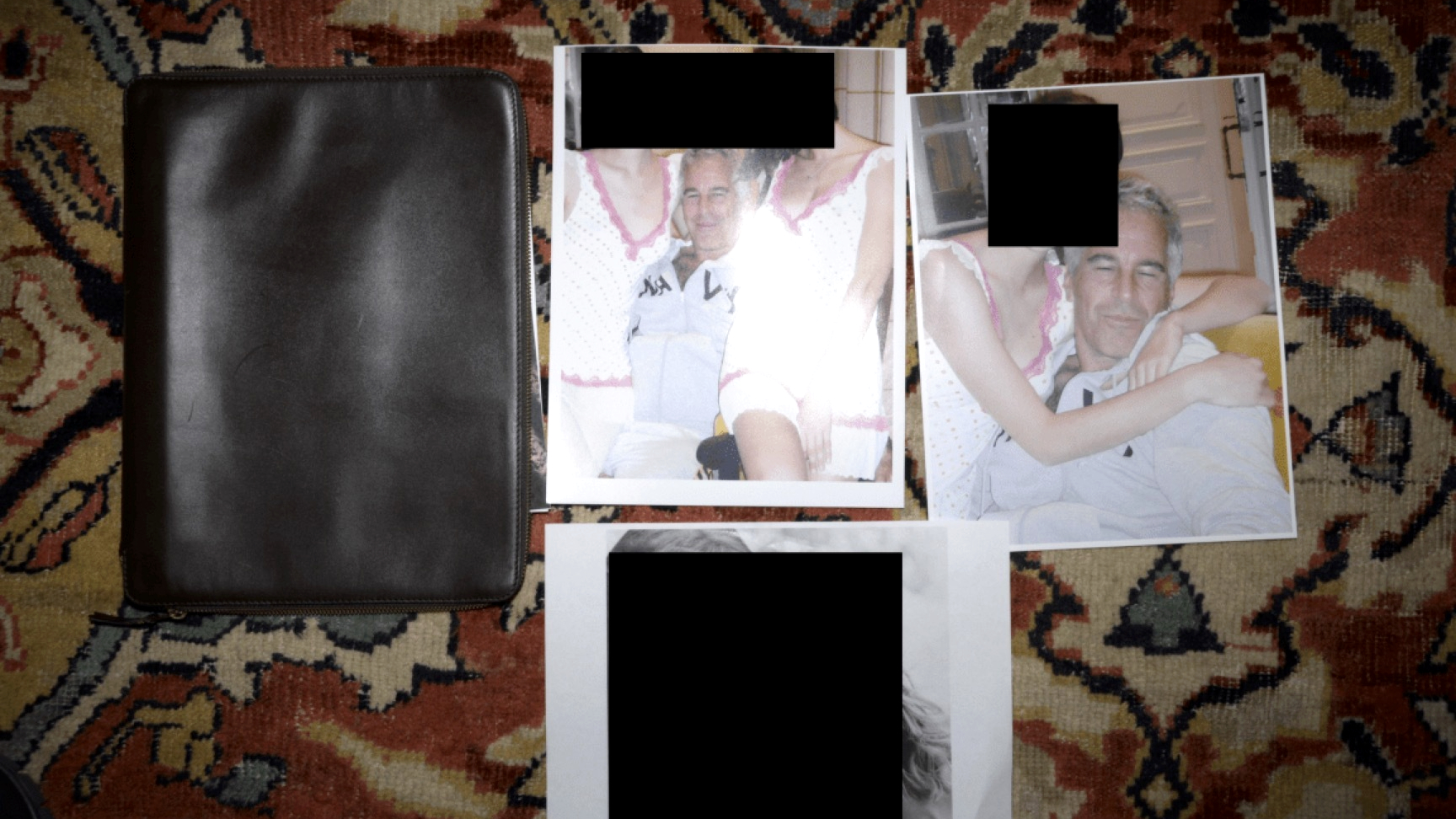 Trump administration posts sliver of Epstein files
Trump administration posts sliver of Epstein filesSpeed Read Many of the Justice Department documents were heavily redacted, though new photos of both Donald Trump and Bill Clinton emerged
-
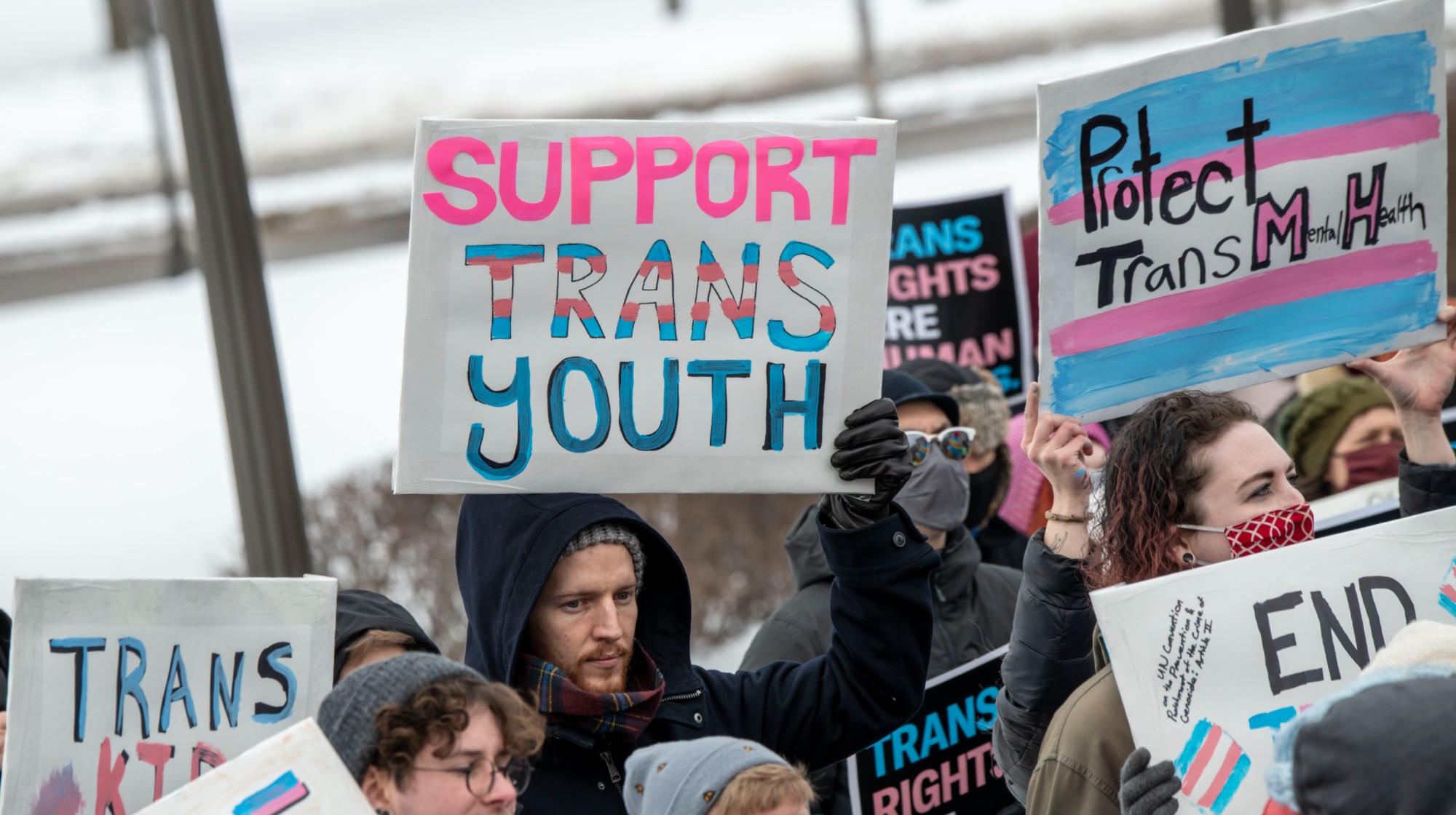 Trump HHS moves to end care for trans youth
Trump HHS moves to end care for trans youthSpeed Read The administration is making sweeping proposals that would eliminate gender-affirming care for Americans under age 18
-
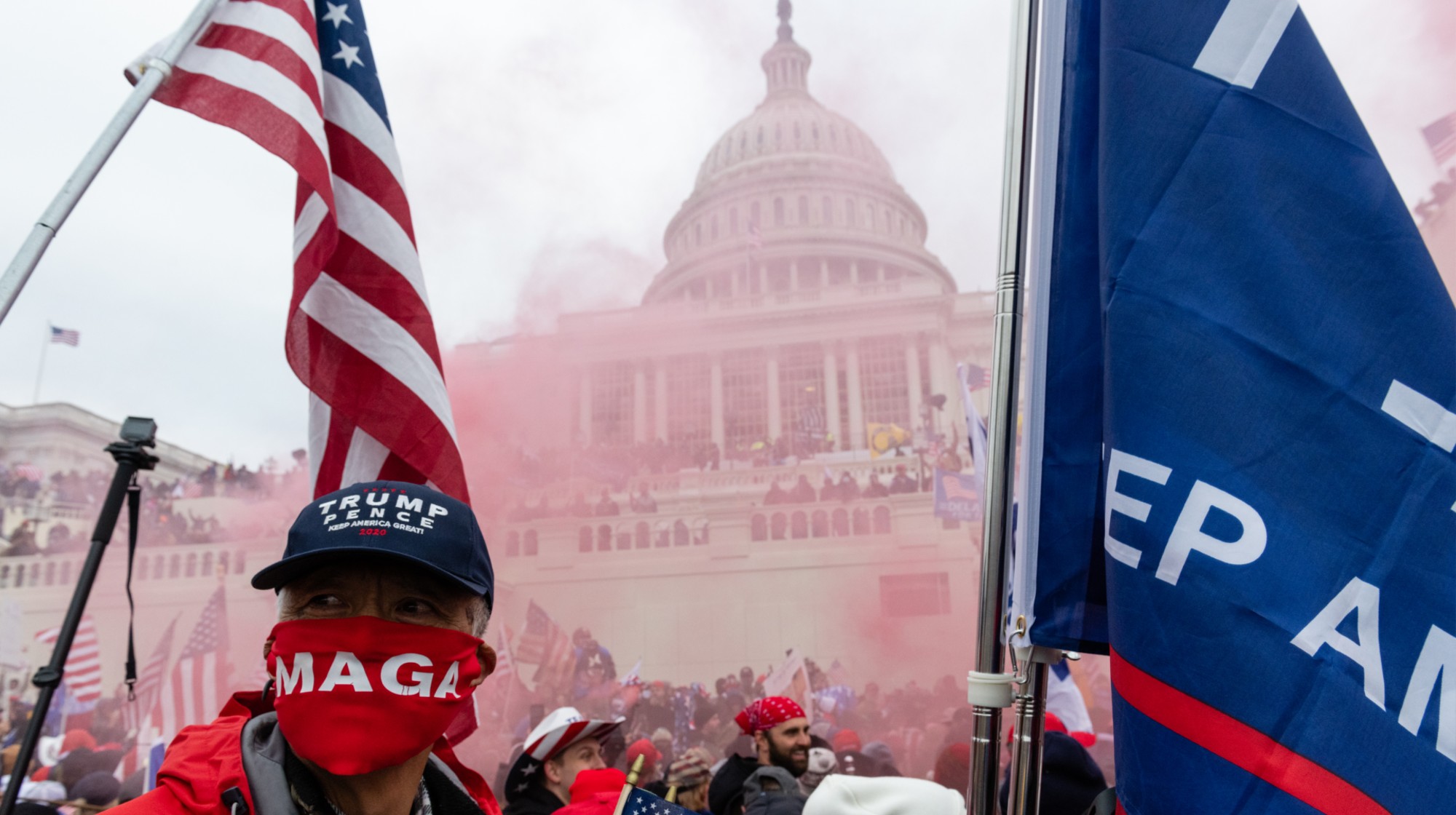 Jack Smith tells House of ‘proof’ of Trump’s crimes
Jack Smith tells House of ‘proof’ of Trump’s crimesSpeed Read President Donald Trump ‘engaged in a criminal scheme to overturn the results of the 2020 presidential election,’ hoarded classified documents and ‘repeatedly tried to obstruct justice’
-
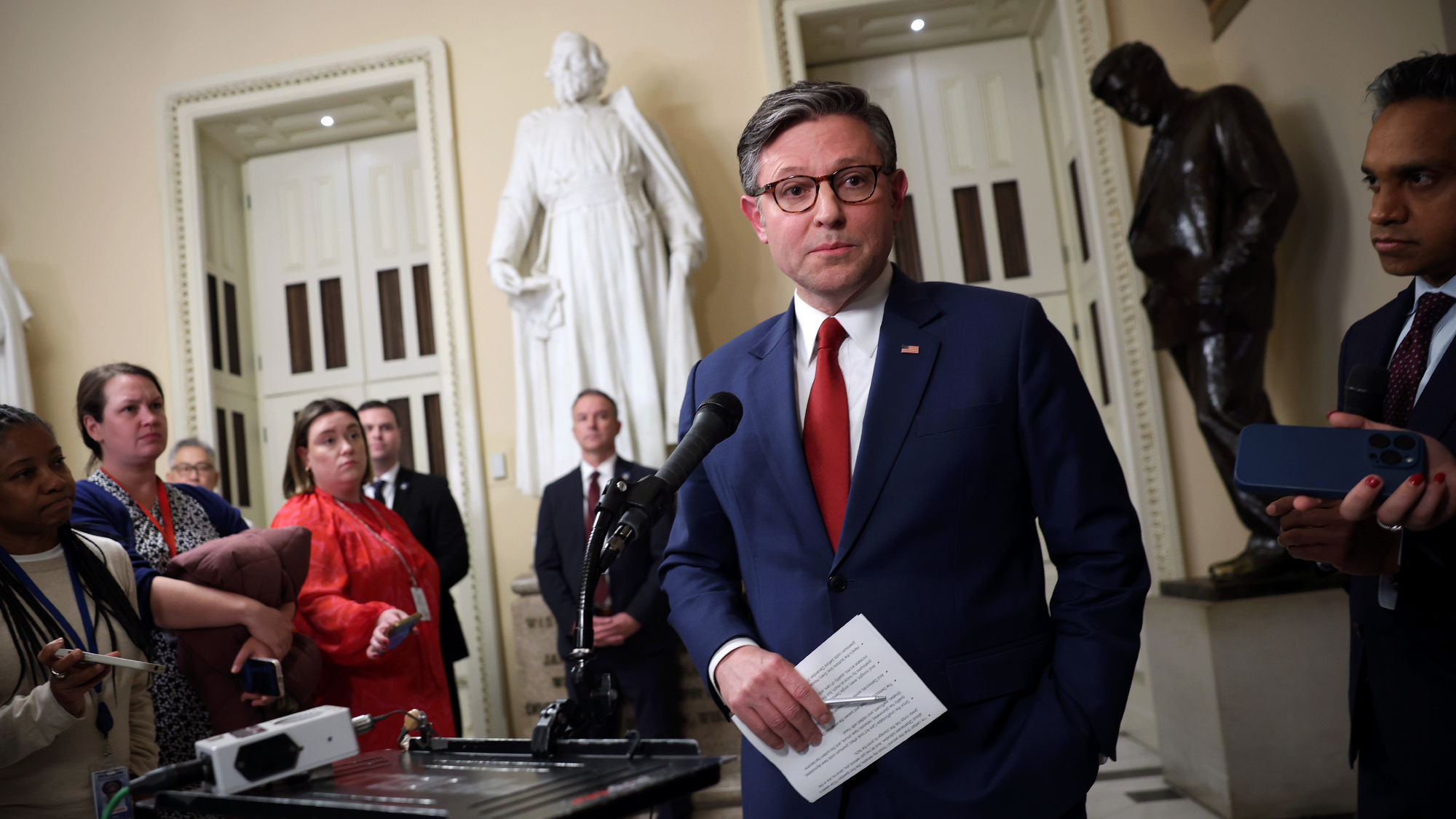 House GOP revolt forces vote on ACA subsidies
House GOP revolt forces vote on ACA subsidiesSpeed Read The new health care bill would lower some costs but not extend expiring Affordable Care Act subsidies
-
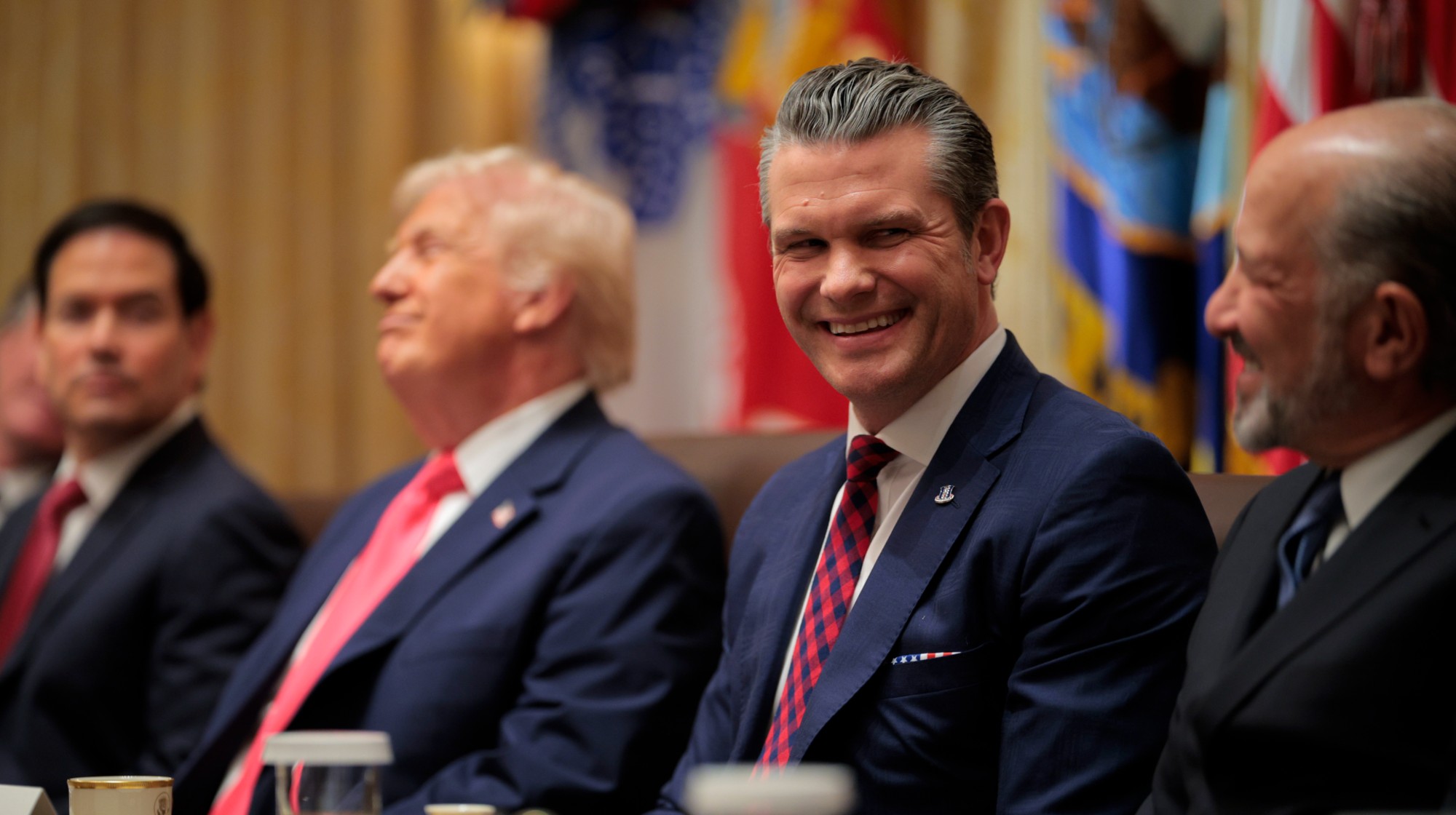 Hegseth rejects release of full boat strike footage
Hegseth rejects release of full boat strike footageSpeed Read There are calls to release video of the military killing two survivors of a Sept. 2 missile strike on an alleged drug trafficking boat
-
 Trump vows naval blockade of most Venezuelan oil
Trump vows naval blockade of most Venezuelan oilSpeed Read The announcement further escalates pressure on President Nicolás Maduro
-
 Kushner drops Trump hotel project in Serbia
Kushner drops Trump hotel project in SerbiaSpeed Read Affinity Partners pulled out of a deal to finance a Trump-branded development in Belgrade
